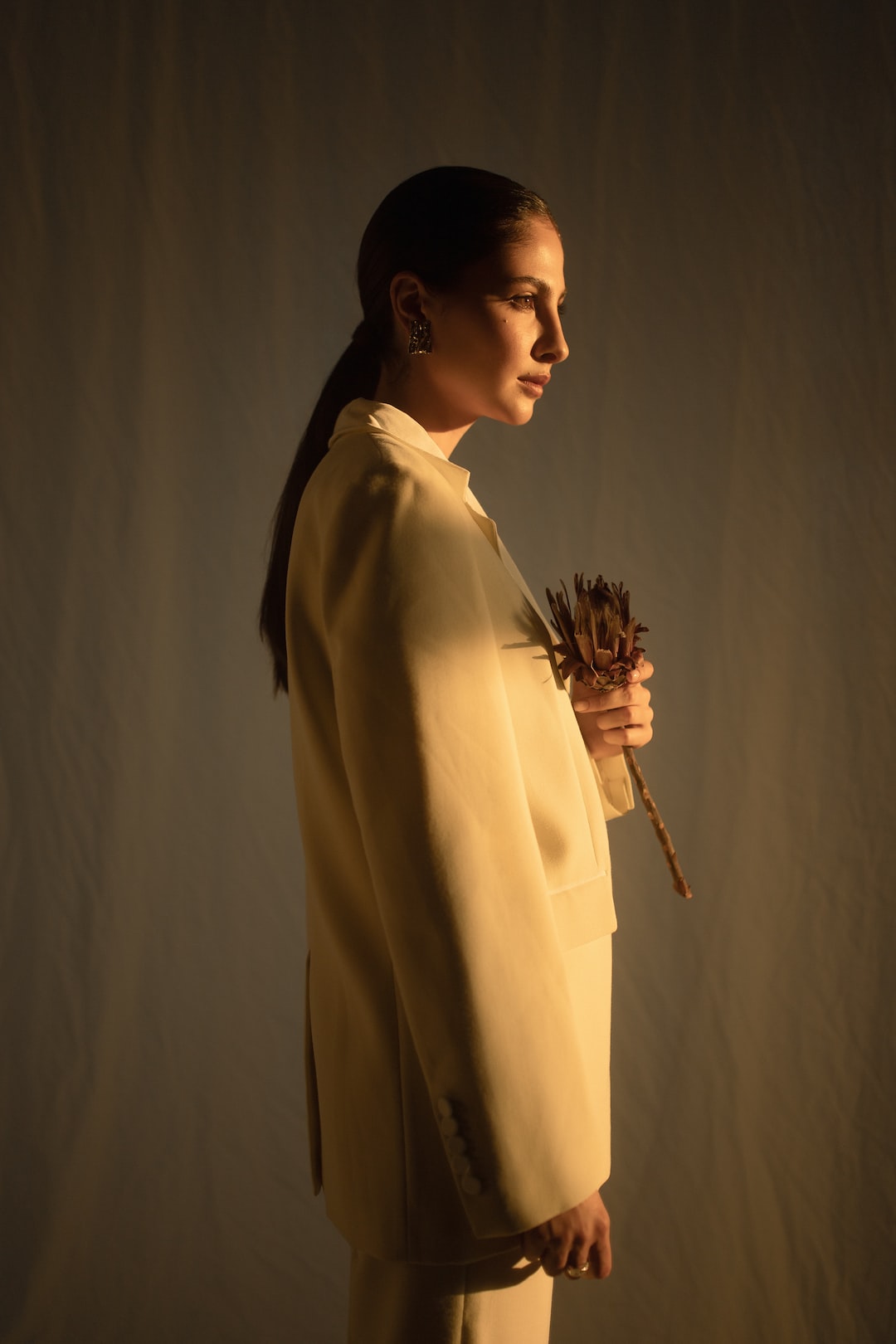Saturn is one of the most fascinating planets in our solar system, known for its breathtaking rings. Many astronomy enthusiasts dream of observing Saturn and its rings through a telescope. However, not all telescopes are capable of providing a clear and detailed view of this celestial wonder. In this article, we will explore the ideal telescope size needed to see Saturn’s rings.
Factors to Consider
Before determining the size of the telescope required, there are several factors to consider:
Aperture
The aperture, or the diameter of the telescope’s main optical component (typically the primary mirror or lens), plays a crucial role in gathering light. A larger aperture allows more light to enter the telescope, resulting in brighter and more detailed views. For observing Saturn’s rings, a telescope with a minimum aperture of 5 inches (127 mm) is recommended.
Focal Length
The focal length determines the magnification power of the telescope. Higher focal lengths provide greater magnification, allowing for a closer view of the planet and its rings. A focal length of at least 1000 mm is ideal for observing Saturn’s rings.
Types of Telescopes
There are three common types of telescopes to consider:
Refractor Telescopes
Refractor telescopes use lenses to gather and focus light. They are known for producing crisp and clear images, making them suitable for viewing planets like Saturn. However, refractor telescopes with larger apertures can be quite expensive.
Reflector Telescopes
Reflector telescopes use mirrors to gather and reflect light. They often offer larger apertures at more affordable prices compared to refractor telescopes. Reflectors are also excellent choices for observing Saturn’s rings.
Catadioptric Telescopes

Catadioptric telescopes combine lenses and mirrors to provide a compact design with good image quality. The most common type is the Schmidt-Cassegrain telescope. These telescopes are highly versatile and can provide clear views of Saturn and its rings.
Additional Considerations
Aside from the telescope itself, there are other factors to consider when observing Saturn’s rings:
Location and Viewing Conditions
Light pollution and atmospheric conditions can affect the quality of your observation. To obtain the best view of Saturn’s rings, choose a dark and clear location away from city lights.
Magnification
While higher magnification can make the rings appear larger, it may also reduce image brightness. Experiment with different magnification levels to find the balance between size and clarity.
To observe Saturn’s rings with clarity and detail, a telescope with a minimum aperture of 5 inches and a focal length of at least 1000 mm is recommended. Consider the type of telescope that suits your preferences and budget, and ensure optimal viewing conditions for the best experience. Happy stargazing!


